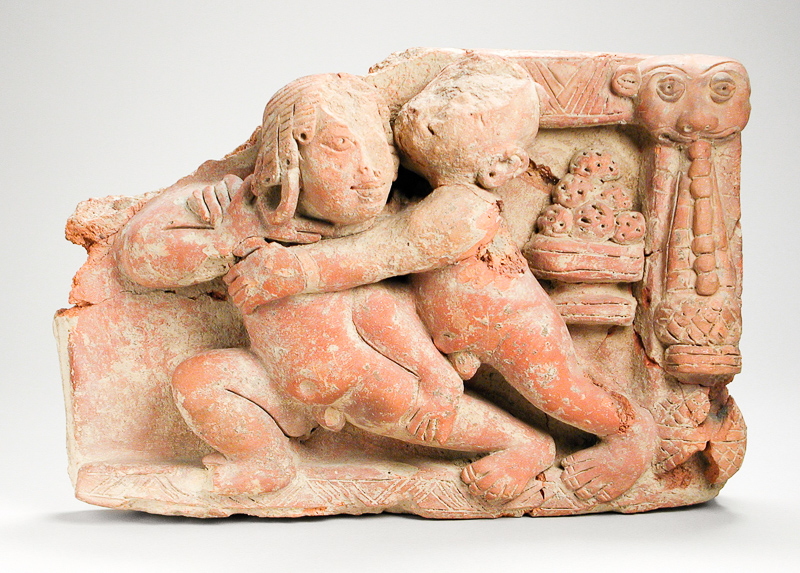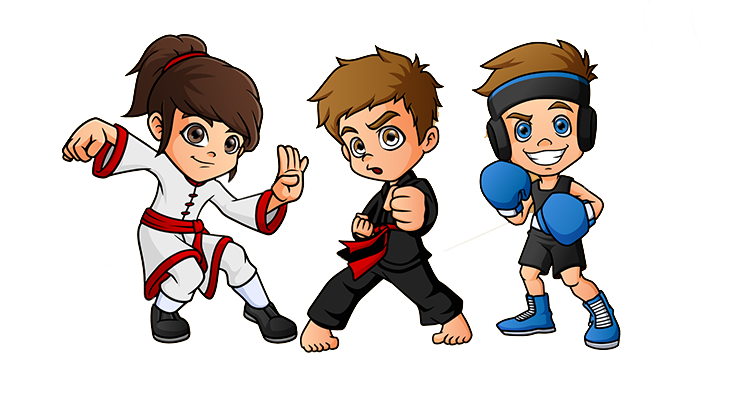Martial arts have enthralled and astounded us for millennia. Despite having roots that date back to pre-historic times, to this day there are few activities that are better placed to keep us in shape while helping its students to learn how to defend themselves in combat situations. But what exactly was the first recorded martial art?
It’s perhaps easy to cast our minds to the Shaolin-inspired approaches of kung fu and Japan’s karate, but the first applications of organised martial arts have traceable origins that date all the way back to around 3000BC and earlier.
Amazingly, many of the disciplines we see depicted in early illustrations and sculptures cast martial arts in a familiar light, with varied interpretations cropping up all over the Eastern Hemisphere.
As you might expect, it’s a little tricky to pinpoint the exact earliest starting point of a recognisable martial art, so it’s important to take a look at the validity of some of the prime contenders for the accolade. However, history has thrown up a healthy amount of evidence to give us a strong idea of which disciplines came first and where they were most popular.
So, let’s take a dive into the rich and varied world of ancient martial arts and explore the three that have the strongest case for being the very first of their kind:
Earliest combat sports
Naturally, the very oldest form of martial art stems from interpretations of wrestling or grappling – judging by ancient evidence.
Early human artwork regularly depicts some form of combat and physical duelling – meaning that although its specific data of origin will always be hard to pinpoint, wrestling has to be considered the very oldest combat sport in the world.
Wrestling was particularly popular in Ancient Greece, and was a fixture among the earliest Olympiads. Papyrus has even been found dating back to the 2nd Century BC detailing instructions on how to wrestle – making it the oldest martial arts manual ever found in Europe.
While there’s little doubt that wrestling has existed for just about as long as humanity itself, it feels a little bit too vague to recognise as the first martial art on this list. It’s a scintillating and highly tactical Olympic sport today, but there are many ancient approaches to combat that were intrinsically developed that survive today and are very deserving of their own recognition.
It’s also worth highlighting the art of boxing as one of the earliest combat sports known to man. With the earliest depictions of the sport dating back to the approximate geographic location of Northern Iraq back in 3000BC, the simplicity of boxing has held appeal for over 5,000 years, evolving into the complex tactical battles we see today. Much like wrestling, boxing was a standard feature of the early Olympiads of Ancient Greece.
Malla-Yuddha – one of the first recorded Martial Arts
Away from the Olympic sports of wrestling and boxing, we find the legendary art of Malla-Yuddha – a combat sport that became hugely popular in the southern Asian nations of India, Pakistan, Sri Lanka and Nepal at around 3000BC.
The beauty of Malla-Yuddha stems from its heritage as well as application. The story of Malla-Yuddha stems from Badang, the hero of Malay legend who is said to have developed super-human strength through the practice of Malla-Yuddha.
Malla-Yudda enjoyed widespread popularity for centuries prior to the Muslim conquest of India in the Middle Ages and was practised all across India – by both kings and peasants alike. In some cases, kings would seek to settle conflicts by pitting royal wrestlers against each other to engage in Malla-Yuddha. There’s even evidence that kings themselves would sometimes fight each other in this way.
During its peak, high-profile tournaments would be set up within palace courtyards with relatively huge prize pools available to winners. The competition format welcomed a range of competitors, from casuals to the professionals of the time in their attempts at taking home the prize money. Elite members of society were even known to hire wrestlers on their behalf in a bid to further increase the magnitude of the occasion – which would often feature other performances for spectators.
Impressively for the time, there was a considerable number of professional wrestlers engaged in Malla-Yuddha. Such athletes would dedicate themselves fully to the martial art and living under the constant supervision of their own guru. Malla-Yuddha training regimes for professionals would involve a strict training regime that demanded full abstention from both alcohol and sexual contact as a means of keeping their bodies pure for their profession. In some cases, affluent members of society would sponsor wrestlers, funding their careers.
The approach of Malla-Yuddha is divided into four styles, each of which are named after Hindu gods. Hanumanti focuses on technical superiority. Jambuvanti is emphasised by the locks and holds used by competitors. Jarasandhi references the breaking of limbs and joints, while Bhimaseni refers to the sheer strength that fighters showcase.
Sadly, Malla-Yuddha’s popularity dwindled throughout South Asia following the Muslim conquest of India in the 16th Century, but the martial art is still enjoyed to this day in some areas of the continent.
Shuai Jiao – one of the first recorded Chinese Martial Arts
When it comes to ancient martial arts, China may well be the first nation you’d think of. Sure enough, the ancient Chinese art of Shuai Jiao can be recognised as a serious contender for the oldest form of combat sport in the world.
Known, rather reductively as Chinese Wrestling in English, Shuai Jiao is considered the oldest of all China’s martial arts.
The first recorded instance of the sport, which was earlier known as Jaio Ti, dates all the way back to 3697 BC, when the legendary Yellow Emperor fought against Chih Yiu.
Unsurprisingly, Shuai Jiao has undergone many evolutions since the days of ancient China, and its former incarnation Jiao Ti soon became known as Jiao Li, a combat-based wrestling sport that was adapted for military usage throughout the Zhou Dynasty – which lasted between the years 1122BC and 256BC.
The later Qin Dynasty of 221BC to 207BC was eager to embrace Jiao Li too, and the most proven combatants were typically selected to act as the Emperor’s bodyguards. In a fitting echo of this ancient tradition, Shuai Jiao is regularly taught in the Chinese police academies and military training centres to this day.
Many of the earliest recognised martial arts were developed as regional interpretations of wrestling or grappling, with boxing also an ever-present feature. However, there were plenty more ancient combat sports cropping up at the same time which carried an emphasis on the implementation of other techniques.
Pankration – an Ancient Greek Martial Art
Notably, the art of Pankration, developed in Ancient Greece around 4,000 years ago, sought to combine wrestling with boxing and also allowed kicking to take place.
Although its name may not be familiar, Pankration is commonly associated with the legend of Hercules, who used the martial art to fight the Nemean Lion and Theseus, as well as the Minotaur.
Today, the increasingly popular sport of Mixed Martial Arts carries very similar qualities to Pankration.
Although it’s rare to hear the names of these once wildly popular ancient sports uttered around the world’s gyms and pantheons, much of the essence of Malla-Yuddha, Shuai Jiao and Pankraton survive to this day. The type of competitions and defence training in which they were developed remain very similar too.
So the next time you decide to engage in spirit combat, attend a boxing lesson or take up wrestling, be sure to take a moment to remember that you’re engaging in a sport that was over 5,000 years in the making.


